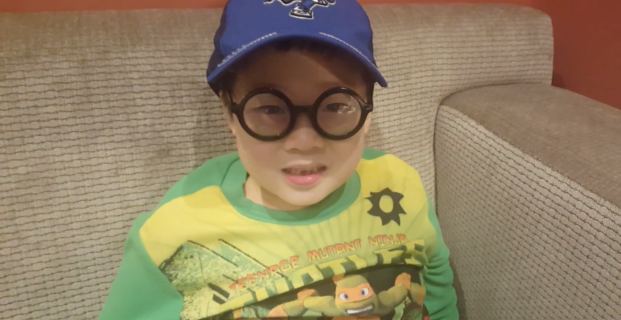As parents, we eagerly anticipate our babies’ first teeth with a mix of excitement and anxiety. There’s a common belief that teeth “cut” through the gums, causing pain and discomfort for babies during the teething process. But is that really the case? Let’s explore the facts behind teeth eruption and uncover the truth behind how they actually erupt.
The process of tooth eruption is more complex than a simple cutting motion. It’s a fascinating biological phenomenon that involves the gradual movement of teeth through the jawbone and gums until they reach their final position in the mouth. In short, the body produces chemicals to change the tissues, allowing them to open up a pathway for the tooth to appear on its own.
Here’s how it works:
- Tooth Development: Tooth development starts even before a baby is born. Tooth buds form in the gums during fetal development, and by the time a baby is born, they already have all 20 primary teeth (also known as baby teeth) hidden within their jawbones.
- Resorption and Bone Remodeling: Before a tooth can erupt, it needs to make space for itself. Specialized cells called osteoclasts break down the bone in the path of the tooth, creating a tunnel or pathway for the tooth to follow as it moves towards the surface of the gum. This process is known as resorption and bone remodeling.
- Softening of Gum Tissue: As the tooth continues to move upward, the gum tissue covering the tooth softens and becomes more pliable. This allows the tooth to push its way through the gum tissue gradually.
- Eruption: Finally, the tooth emerges through the gum tissue and becomes visible in the mouth. It continues to erupt until it reaches its proper position and fully emerges from the gum.
The process of teeth eruption is gradual and not as dramatic as the term “cutting through the gums” suggests. In fact, most babies do not show signs of severe pain or discomfort during teething. It’s important to note that teething can still be uncomfortable for many babies, and they may experience symptoms such as gum swelling, drooling, fussiness, and sleep disturbances. However, these symptoms are not caused by the tooth “cutting” through the gum, but rather by the pressure and inflammation associated with the tooth moving through the gum tissue.
In conclusion, the common belief that teeth “cut” through gums is a myth. The process of tooth eruption is much more complex and involves bone remodeling, resorption, and gum tissue softening. While teething can be uncomfortable for babies, there are safe and effective ways to help ease their discomfort. See our blog post Tips and Facts About First Time Teething Babies to learn about them.
Contact us to book an appointment today or to learn more about teething!


